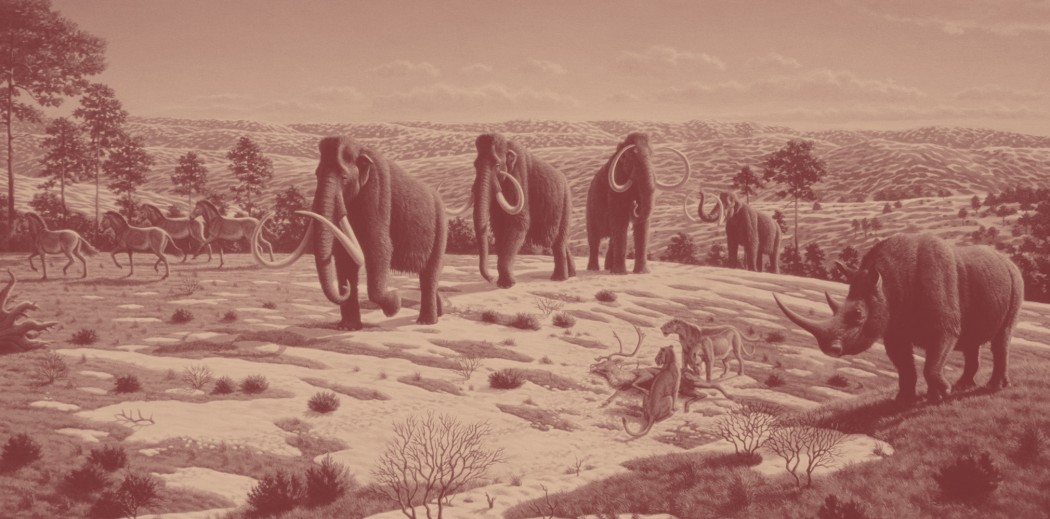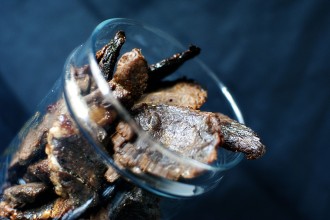PART ONE:
Crazy Shit That Happened
Umm. Excuse me? How is THIS going to be at all interesting?
I’ll lay it out for you: I. Freaking. Hated. Science. Elementary school, high school, college, it didn’t matter. I hated it all. To this day, I don’t know how I managed to pass high school chemistry, biology- any of it. In college I was required to take ONE science class to fulfill my cute liberal arts major. I failed a class called The Human Body, mostly because I gave up. So I tried again with Geology. I scraped by and somehow passed, probably thanks to my hot TA named Luke and a few friends who were Geology majors.
Then something weird happened. As I got more and more interested in wine, I realized how cool it is that geological events that occurred during an Ice Age (how many Ice Ages have there been? I still couldn’t really tell you), have a direct effect on the wine that’s in your glass. Do you believe it? Well you should! It’s true. It happened. And we’re going to explore how all that shit went down, and why it’s so freakin’ cool.
We’ll focus on one region in particular- The Willamette Valley. Their geological history and how it relates to the wine produced there is especially interesting, and surprisingly easy to get a handle on. So get ready, we’re about to get all science-y! Hopefully you’ll come out the other side with a few cool facts that will add to your love of wine.
So picture this: it’s about 12 million years ago. What is currently Western Oregon was actually at the bottom of the Pacific Ocean. For real! Like, IN the actual ocean. While it was down there, it accumulated layer after layer of marine sediment. So, you remember that thing you learned in school about tectonic plates? And how they kinda float around (very slowly – like millions of years slowly)? The Earth’s Pacific and North American plates slowly pushed Western Oregon up out of the ocean, creating the Coast Mountain Range and the Cascade Mountain Range. Crazy, isn’t it? I sort of wish things like this didn’t take millions of years, so we could see them. But that sounds a little scary, so perhaps not. This is why I was not a Geology major, people.
Anyway, now we have the Willamette Valley, which is a valley trapped between two mountain ranges, that used to be an ocean floor. So the Cascade Range was intensely volcanic. Over time, the marine sediment was gradually covered up by layers of lava (known as basalt). In other geological phenomenon, a layer of windblown silt was created along the Northeast facing hills; which is just what it sounds like- thousands of years of wind blowing from the valley floor, creating yet another interesting layer of eventual soil type. Then something big happened- at the end of the last Ice Age (which, apparently, was about 18 thousand to 15 thousand years ago), there was a big ol’ flood. Specifically, a glacial dam in the Missoula, Montana area melted and created repeated floods all the way from the Columbia Valley in Washington State down to the Willamette Valley. This created an incredibly fertile little mecca for all kinds of crops.
Want to know what this means for the wine you’re drinking?! Stay tuned for PART TWO!
[mc4wp_form id=”7199″]


